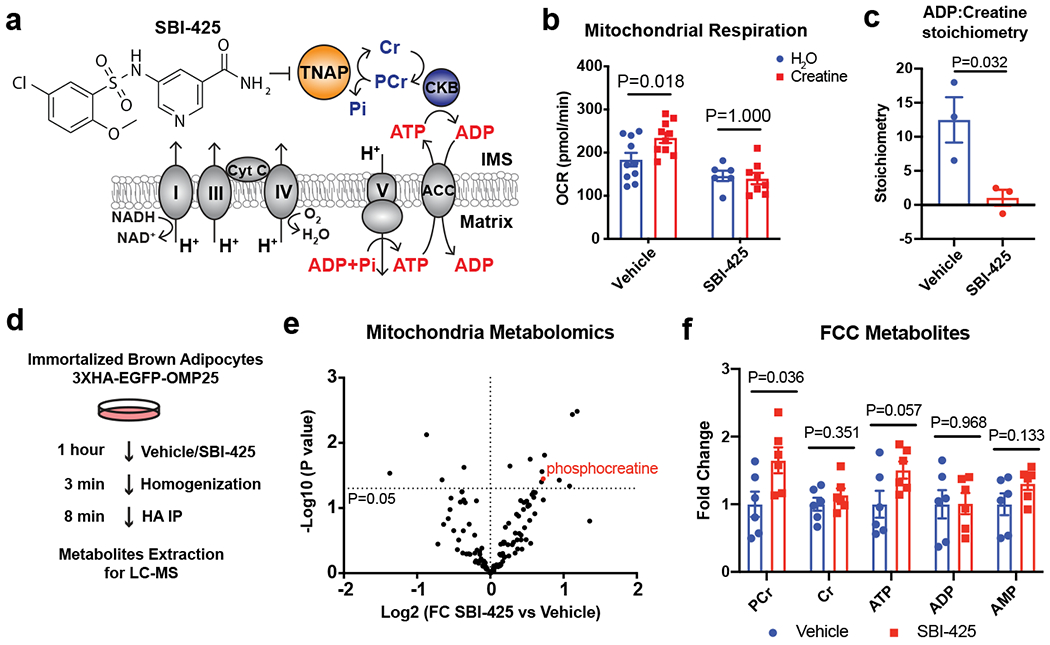Figure 3. Ablation of TNAP activity abolishes the futile creatine cycle by hydrolysis of phosphocreatine.

(a) Model of inhibition of FCC by the TNAP-selective inhibitor, SBI-425.
(b) Effect of SBI-425 treatment (10 μM) on creatine-dependent stimulation of oxygen consumption rate (OCR) of beige fat-derived mitochondria in the presence of 0.1 mM ADP, as measured by a Seahorse XF24 Extracellular Flux Analyzer; n=10 independent measurements for the vehicle group, 6 independent measurements for the SBI-425 group supplemented with H2O, and 8 independent measurements for the SBI-425 group supplemented with creatine.
(c) Calculated ADP:creatine stoichiometry based on the mitochondrial oxygen consumption during futile creatine cycle in presence of 0.01 mM creatine and 0.1 mM ADP, as measured by a Clark-type oxygen electrode; n=3 biologically independent samples per group.
(d) Experimental scheme of rapid mitochondrial metabolites extraction from immortalized brown adipocytes for metabolomics profiling.
(e) Volcano plot of mitochondrial metabolites of cells treated with SBI-425 (10 μM) vs Vehicle.
(f) Changes in mitochondrial levels of major metabolites involved in futile creatine cycle upon SBI-425 treatment; n=6 biologically independent samples.
Data are presented as means ± SEM. Statistical significance was calculated by either two-way ANOVA with Bonferroni’s multiple comparisons test (b) or unpaired Student’s two-sided t-test (c, e, and f).
